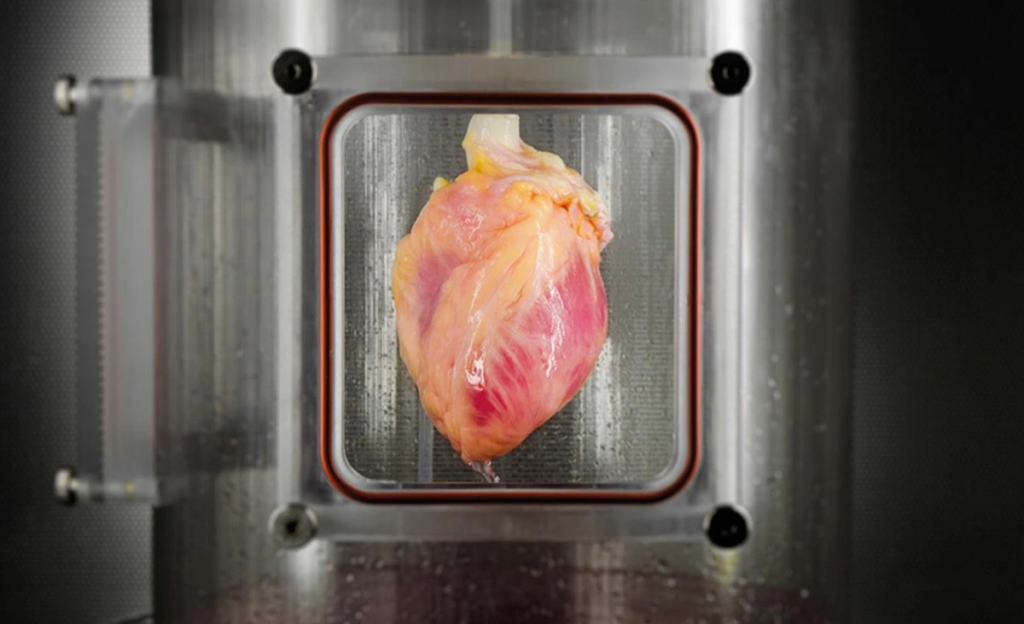A lecture by Dr.Evans on tissue engineering stemmed my interest into the topic of regenerative medicine. After further exploration of the topic, I came across the story of Hassan. A 7-year-old Syrian boy, who was diagnosed with Epidermolysis bullosa (EB), a rare genetic disorder that caused him to lose nearly all of his skin. He had lived his entire life with the condition, suffering from blisters and severe skin loss. Fortunately, Italian scientist Michele De Luca and his team were able to grow a complete skin transplant, which was then grafted onto Hassan, curing his disease and allowing him to live a pain-free life. This inspiring story made me realise how revolutionising regenerative medicine can be, leading me to research more into the difference it makes in peoples lives.

What is regenerative medicine?
From my own initial knowledge, regenerative medicine was simply finding ways to help the body heal itself, little did I know that it was much more than that.
Regenerative medicine is a branch of medicine that aims to develop treatments that help the body to replace damaged tissues. It has a proven track record of success, with therapies achieving 75-90% success rates, an incredible step forward in the health field. What I learnt was that there are many different techniques used in the sector, examples being stem cell therapy, tissue engineering and biomaterials.
What is the most common therapy used in regenerative medicine?
The most commonly used technique is stem cell therapy, which was unsurprising to me as stem cells have been the focus of many different types of scientific research in recent years, due to their unspecialised nature and ability to repair and restore cells.
Stem cells can differentiate into several different types of cells such as nerve cells, bone cells and muscle cells, these can then be used to promote tissue regeneration. They can be located in different places of the body, such as the bone marrow, umbilical cord and in adipose tissues. The stem cells are harvested from a donor or the own patients body, and then separated from other cells in the laboratory. When the preferred stem cell is chosen, it is injected into the patients body at the site of the damaged tissue, and the cells migrate to the area to begin regeneration.
Following Hassan’s story, we can see how useful stem cell therapy can be, as stem cells can also be used in skin transplants to create a source of new skin cells that can be transplanted onto the patients skin, promoting healing and regeneration of the tissue. Doctors and scientists are continuing to explore new ways to harvest the regenerative power stem cells have, improving the treatment of skin injuries and conditions.
Prospective stem cell treatments
Stem cell research is a rapidly evolving field, with many potential future stem cell treatments being researched. Some of the most promising research areas include organ regeneration, stem cells have the ability to regenerate damaged or diseased organs such as the liver or heart. Researchers are investigating how stem cells can be used to create functional replacement organs for transplantation. Another interesting research are is into anti-aging therapies, where stem cells have the potential to reverse age-related damage and regenerate healthy tissue. Researchers are looking into using stem cells to treat age-related diseases like osteoarthritis and macular degeneration.
While many of these potential stem cell treatments are still in the experimental stage, the preliminary results have been encouraging. As research in this field advances, we can expect to see new and innovative applications for stem cells in the treatment of a wide range of diseases and conditions. If these treatments were to be successful in the future, it would completely reform the medical field and save/improve the lives of millions of people across the world.

Issues arisen from regenerative medicine
While current treatments and future turnouts derived from regenerative medicine are both incredible and life-changing, there are some set backs.
One of the main concerns is the safety of stem cell therapies, there is a risk of the cells differentiating into the wrong type of cell, which could lead to adverse effects such as tumours or other tissue damage. As the cells have been transplanted from outside the body, there is also a risk of infection or rejection of the transplanted cells by the immune system.
Another main concern is the ethics of stem cells taken from embryonic cells, due to the embryo needing to be created and destroyed for the extraction of the stem cells. However, this issue is currently being addressed by using alternative sources, with the use of induced pluripotent stem cells being tested currently.
Not only are there ethical and safety concerns but stem cells can also be very expensive. Due to the cost, it may limit access for some patients and be discriminatory against people who may not be able to afford the treatment.
Final thoughts
Throughout my research on this topic, I have formed an opinion that supports the use of stem cells and regenerative medicine. Although there are some cons of the treatments, I feel as though the pros outweigh them, as current treatments used today are saving lives, and with continued work from scientists and doctors worldwide, even more can be saved. Hassan would have been in constant pain without these treatments, but now he can live a long and happy life thanks to them. Not only can the benefits be seen through Hassan’s story, but also in the lectures in tissue engineering and stem cells by Dr.Evans.
“Stem cells are the future of medicine, but they are also the present. We have only just begun to scratch the surface of what these amazing cells can do, and the possibilities are truly limitless.” –
Dr. Robert Lanza